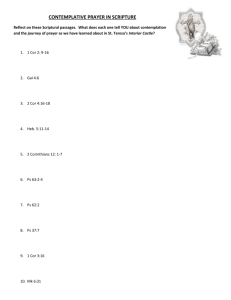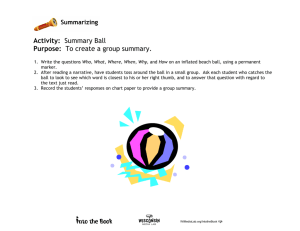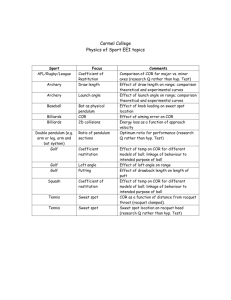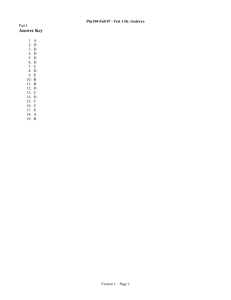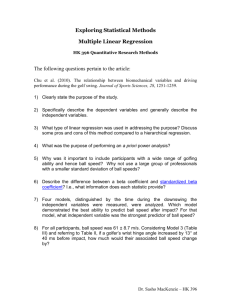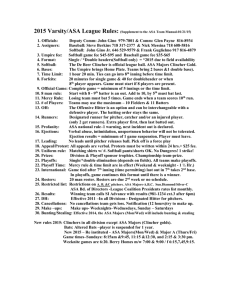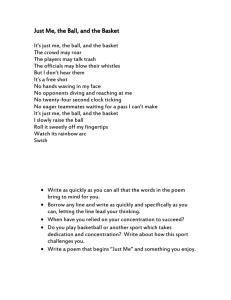"COR" is an acronym for "coefficient of restitution
advertisement
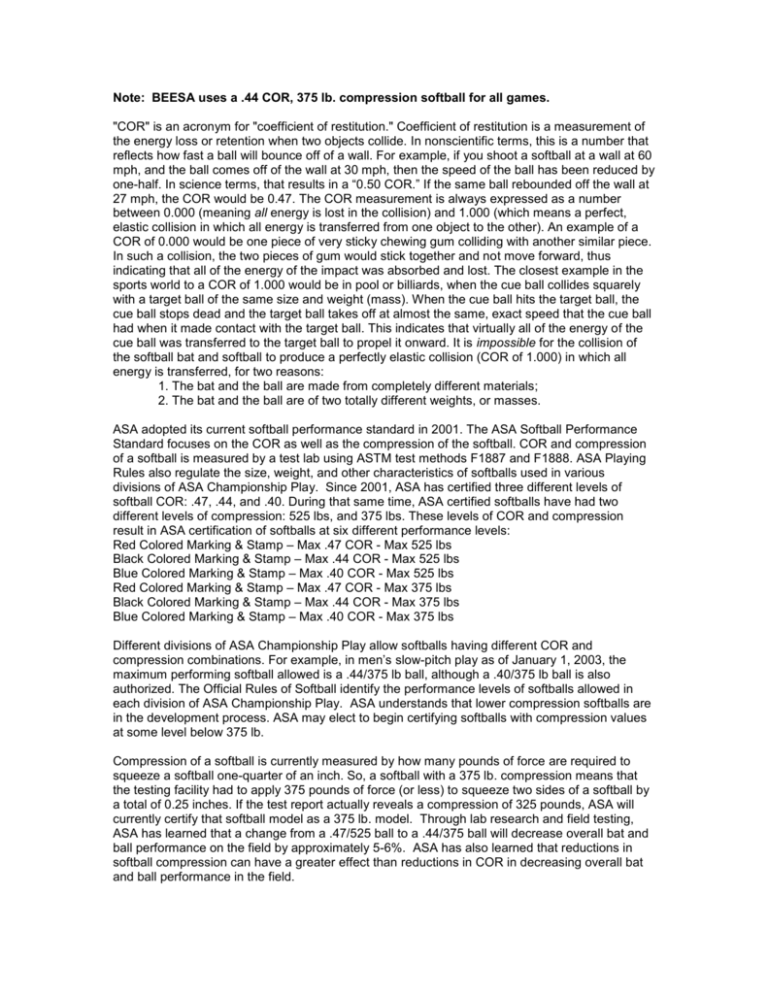
Note: BEESA uses a .44 COR, 375 lb. compression softball for all games. "COR" is an acronym for "coefficient of restitution." Coefficient of restitution is a measurement of the energy loss or retention when two objects collide. In nonscientific terms, this is a number that reflects how fast a ball will bounce off of a wall. For example, if you shoot a softball at a wall at 60 mph, and the ball comes off of the wall at 30 mph, then the speed of the ball has been reduced by one-half. In science terms, that results in a “0.50 COR.” If the same ball rebounded off the wall at 27 mph, the COR would be 0.47. The COR measurement is always expressed as a number between 0.000 (meaning all energy is lost in the collision) and 1.000 (which means a perfect, elastic collision in which all energy is transferred from one object to the other). An example of a COR of 0.000 would be one piece of very sticky chewing gum colliding with another similar piece. In such a collision, the two pieces of gum would stick together and not move forward, thus indicating that all of the energy of the impact was absorbed and lost. The closest example in the sports world to a COR of 1.000 would be in pool or billiards, when the cue ball collides squarely with a target ball of the same size and weight (mass). When the cue ball hits the target ball, the cue ball stops dead and the target ball takes off at almost the same, exact speed that the cue ball had when it made contact with the target ball. This indicates that virtually all of the energy of the cue ball was transferred to the target ball to propel it onward. It is impossible for the collision of the softball bat and softball to produce a perfectly elastic collision (COR of 1.000) in which all energy is transferred, for two reasons: 1. The bat and the ball are made from completely different materials; 2. The bat and the ball are of two totally different weights, or masses. ASA adopted its current softball performance standard in 2001. The ASA Softball Performance Standard focuses on the COR as well as the compression of the softball. COR and compression of a softball is measured by a test lab using ASTM test methods F1887 and F1888. ASA Playing Rules also regulate the size, weight, and other characteristics of softballs used in various divisions of ASA Championship Play. Since 2001, ASA has certified three different levels of softball COR: .47, .44, and .40. During that same time, ASA certified softballs have had two different levels of compression: 525 lbs, and 375 lbs. These levels of COR and compression result in ASA certification of softballs at six different performance levels: Red Colored Marking & Stamp – Max .47 COR - Max 525 lbs Black Colored Marking & Stamp – Max .44 COR - Max 525 lbs Blue Colored Marking & Stamp – Max .40 COR - Max 525 lbs Red Colored Marking & Stamp – Max .47 COR - Max 375 lbs Black Colored Marking & Stamp – Max .44 COR - Max 375 lbs Blue Colored Marking & Stamp – Max .40 COR - Max 375 lbs Different divisions of ASA Championship Play allow softballs having different COR and compression combinations. For example, in men’s slow-pitch play as of January 1, 2003, the maximum performing softball allowed is a .44/375 lb ball, although a .40/375 lb ball is also authorized. The Official Rules of Softball identify the performance levels of softballs allowed in each division of ASA Championship Play. ASA understands that lower compression softballs are in the development process. ASA may elect to begin certifying softballs with compression values at some level below 375 lb. Compression of a softball is currently measured by how many pounds of force are required to squeeze a softball one-quarter of an inch. So, a softball with a 375 lb. compression means that the testing facility had to apply 375 pounds of force (or less) to squeeze two sides of a softball by a total of 0.25 inches. If the test report actually reveals a compression of 325 pounds, ASA will currently certify that softball model as a 375 lb. model. Through lab research and field testing, ASA has learned that a change from a .47/525 ball to a .44/375 ball will decrease overall bat and ball performance on the field by approximately 5-6%. ASA has also learned that reductions in softball compression can have a greater effect than reductions in COR in decreasing overall bat and ball performance in the field.
